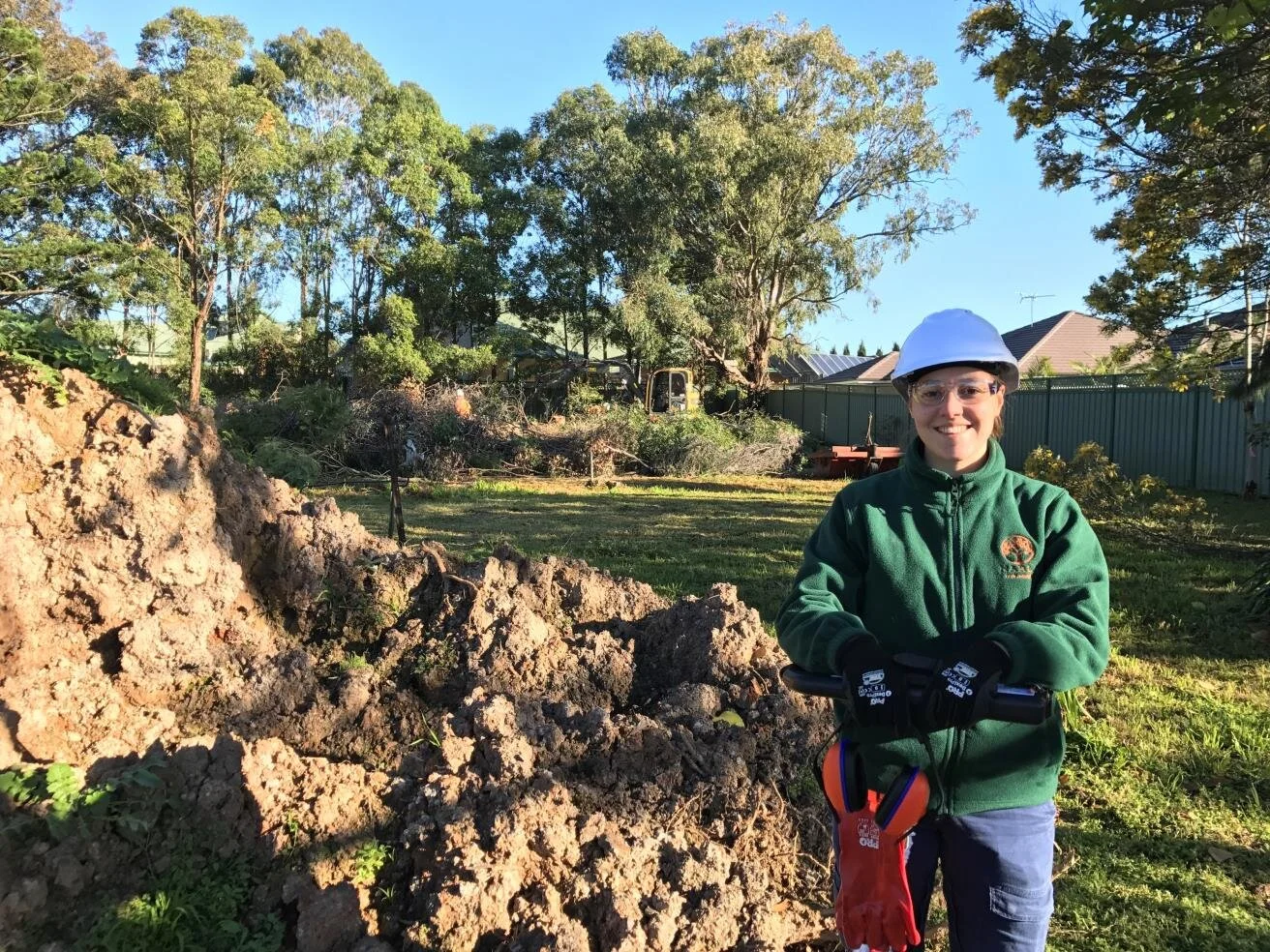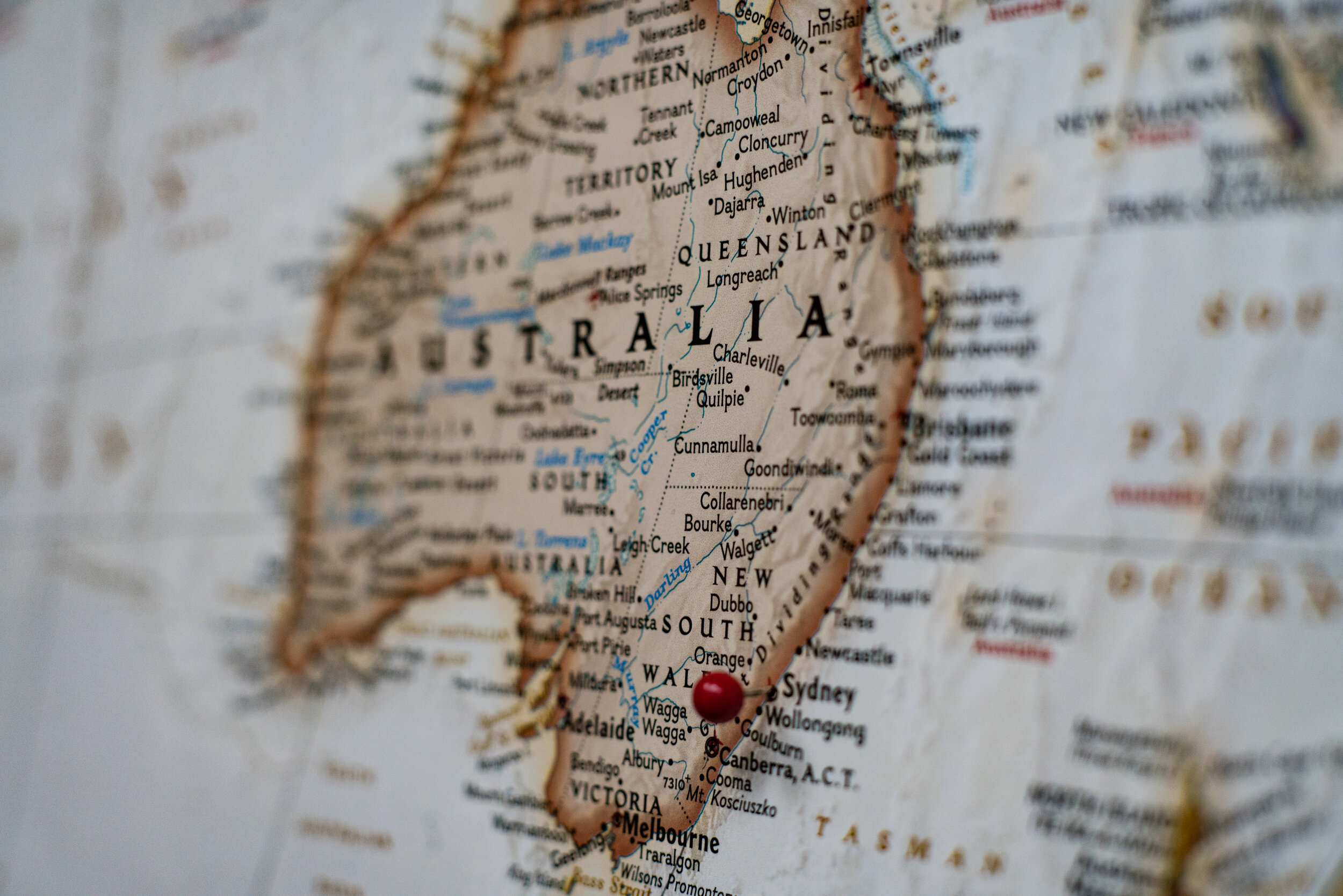Environmental Consulting Services
What is an Environmental Consultant?
Environmental Consultants are experienced and qualified scientists that assess a variety of issues relating to the environment. We evaluate the latest legislation and policy to ensure our environmental assessments support local government, state, or Commonwealth environmental regulations.
Narla Environmental have collected skilled botanists, ecologists, and environmental scientists to collectively provide expert environmental services throughout New South Wales. We use state-of-the-art technology including acoustic and video recording devices, mapping software and GPS devices to ensure accurate results. Narla Environmental provides the following environmental services:
Environmental Reports – Environmental reports are required by government agencies to ensure environmental compliance is maintained during activities such as development or industrial projects. These reports are an integral part of preserving the ecological values and biodiversity of the natural environment. Narla Environmental produces the following environmental reports:
Weed Management Plan (WMP)
Species Impact Statement
Pest Species Management Plan (PSMP)
Project Ecologist - Project Ecologists are environmental consultants for large and small industrial projects. These projects vary from infrastructure projects such as rail and road construction, to large-scale utility developments. A Project Ecologist will oversee the project for a continued period of time to assess and maintain environmental compliance. Narla Environmental is highly experienced in providing Project Ecologist services and associated reports across New South Wales, including:
Additional Environmental Services - The multidisciplinary aspect of environmental consulting generates numerous other environmental services. Narla Environmental is experienced at providing the following services:
Environmental Advising
Flora and Fauna Identification and Handling
Feasibility Advice and Assessment
Commonwealth Referrals under the EPBC Act 1999
Threatened Species Targeted Surveys and Monitoring
Fine Scale Vegetation/Plant Community Type (PCT) Mapping
Biodiversity Offset Management and Offsetting
Site Rehabilitation
GIS Mapping and Analysis
Expert Talks and Presentations
Expert Witness and Court Attendance
Narla Environmental is a highly experienced environmental consultancy with offices in Sydney, the Hunter Valley, South Coast NSW and Brisbane, QLD. Narla has collected a team of skilled ecologists and experts in all areas of environmental management and planning including flora and fauna identification and management, GIS mapping, and report writing. Our team adheres to strict internal quality review, ensuring all vegetation identification, ecological advice, GIS mapping and report content is delivered accurately, promptly and to a high standard. We deliver all of our services in an efficient and cost-effective manner, ensuring Narla exceeds client expectations while keeping our fees industry-competitive.
Environmental Legislation
As environmental consultants, it is critical to evaluate the latest legislation and policy to ensure environmental assessments and advice support local government, state, or Commonwealth environmental regulations.
The Environmental Protection and Biodiversity Conservation Act (EPBC Act) 1999 is Australia’s leading environmental legislation. This act provides a framework to protect Australia’s biodiversity, defining matters of national environmental significance.The NSW Office of Environment and Heritage (OEH) has recently been renamed as the Department of Planning, Industry and Environment (DPIE).
DPIE is the leading environmental regulator in NSW and includes the NSW Environmental Protection Authority (EPA). It is responsible for the following:
Preparing biodiversity strategies;
Issuing biodiversity conservation licences;
Issuing stop-work orders; and
Administering biodiversity certifications and the Biodiversity Offsets Scheme (BOS). Click here to learn more about the Biodiversity Offset Scheme and Biodiversity Assessment Method.
The NSW Biodiversity Conservation Act (BC Act) 2016 replaced the Threatened Species Conservation Act (TSC Act) 1995. The BC Act provides the following:
List of threatened fauna, flora and ecological communities;
Identifies areas of outstanding biodiversity values; and
Lists rules and regulations to protect the biodiversity of the natural environment.
The NSW Environmental Planning and Assessment Act (EP&A Act) 1979 sets out laws under which planning in NSW takes place. This act is critical in protecting the environment and regulating environmental impacts from various developments. The following sections relate to development and the environment:
Part 4 of the EP&A Act outlines the laws for development assessment; and
Part 5 of the EP&A Act outlines the laws for infrastructure and environmental impact assessment.
The Biosecurity Act 2015 explains how biosecurity threats to plant, animal and human health are managed in Australia. This act outlines the rules and regulations in priority weed management which may be relevant to your development.
Additional relative environmental legislation in NSW includes:
The Australian Government Environmental Protection and Biodiversity Conservation Act 1999
Various State Environmental Planning Policies (SEPPs) made under the EP&A Act
Development Applications
A Development Application (DA) is a formal request to carry out a proposed development such as subdivision or construction. The DA is submitted to your local Council along with various associated documentation, often including an environmental assessment or report. Every Council is guided by the EP&A Act, BC Act, various SEPPs, Local Environmental Plans and Development Control Plans.
Your local Council will not approve a DA if it does not support local government, state, or Commonwealth environmental regulations. That’s why the best time to approach an environmental consultant is during the initial planning stages of your development.
What this means for your development
Every Council has a Local Environmental Plan (LEP) and Development Control Plan (DCP) that will outline the ways they assess Development Applications. The location and extent of your proposed development will have a significant effect on the associated environmental impacts.
Your development may be mapped in your Council’s LEP as containing ‘Terrestrial Biodiversity’ (or similarly named). Land mapped as ‘Terrestrial Biodiversity’ is protected, and therefore any development that may encroach or is proposed to exist on such land will require an environmental consultant to prepare an environmental report assessing the impacts of the proposed development. If a proposed development is deemed to negatively impact mapped terrestrial biodiversity, a more intensive report may be required, possibly involving the purchasing of offset credits.
The Biodiversity Values (BV) Map ( ‘the Purple Map‘) is a map managed by the NSW Government that identifies land that it deems to be sensitive to impacts relating to vegetation clearing associated with development, especially developments carried out in accordance with Part 4 of the NSW Environmental Planning & Assessment Act (EP&A Act). Your development may contain BV mapped land and this will be critical in your Development Application. An environmental consultant will be able to recommend the ways to avoid such BV mapped land and/or prepare an associated environmental report.
If your development is located on or near a natural water body, you will need an environmental consultant to produce a management plan for the riparian land. Waterfront land is not just ocean view property, but is considered any property near a lake, river, or any mapped drainage line.
Koalas are a threatened species, and have been listed as Vulnerable under both the NSW Biodiversity Conservation Act 2016 and the Commonwealth Environmental Protection Biodiversity Conservation Act 1999. If your development is located in a Local Government Area listed in Schedule 1 of the State Environmental Planning Policy (Koala Habitat Protection) 2019, your development may require a Koala Plan of Management prepared by a qualified environmental consultant.
These are just a few of the ways an environmental consultant may be valuable for your project. There are many environmental constraints that your project may encounter during your Development Application.
How Environmental Consultancies can help
An appropriately qualified environmental consultancy such as Narla Environmental can drastically help your DA before you even finalise the design. Along with the valuable ecological advice provided, Narla Environmental can produce an Ecological Constraints Report that details any ecological or environmental constraints that may arise during your DA. An Ecological Constraints Report will likely save you from inadvertently designing a construction that will critically impact the environment.
During the assessment of a DA, Council will often inform you that you require an ecological report to assess/manage the proposed impacts of your development on the environment, this may come in the form of a Vegetation Management Plan (VMP), Flora and Fauna Assessment (FFA), Biodiversity Development Assessment Report (BDAR), etc. Narla Environmental can provide all the necessary environmental documentation to support your Development Application.
A Flora and Fauna Assessment (FFA) will identify native vegetation communities, threatened species, and associated habitat within your property. The environmental consultant will determine the impact that the development proposal has on such ecological features. An FFA may also include a threatened species test of significance (5-part test) to determine if a development or activity is likely to have a significant impact on threatened species or ecological communities, or their habitats.
You may be required to engage an Accredited Biodiversity Assessor, such as an Ecologist from Narla Environmental, to prepare a Biodiversity Development Assessment Report (BDAR). This is an official document that identifies how you (as the developer or their delegate) will propose to avoid, minimize and offset impacts from your proposed development upon native vegetation or biodiversity listed under the New South Wales Biodiversity Conservation Act 2016 and the Biodiversity Regulation 2017.
Vegetation Management Plans (VMP) are report documents that address the on-going management requirements of native vegetation (trees, shrubs and ground cover) of a proposed development site. Most Sydney Councils and many Regional NSW Councils require a VMP report from the developer as part of the Development Application (DA) process. Property subdivisions, building construction, extensions, and rezoning all usually require a VMP, especially if the development is within close proximity to a natural drainage line.
There are countless other ways Narla Environmental can help you. Contact us today to learn more.
We service the whole of New South Wales, including Greater Sydney, Western Sydney, Central Coast, Newcastle, Blue Mountains, Hunter Valley, Wollongong and Illawarra, Southern Highlands, Eurobodalla, Shoalhaven, Port Macquarie, North Coast, Central West, and the rest of regional New South Wales.
Contact Narla






